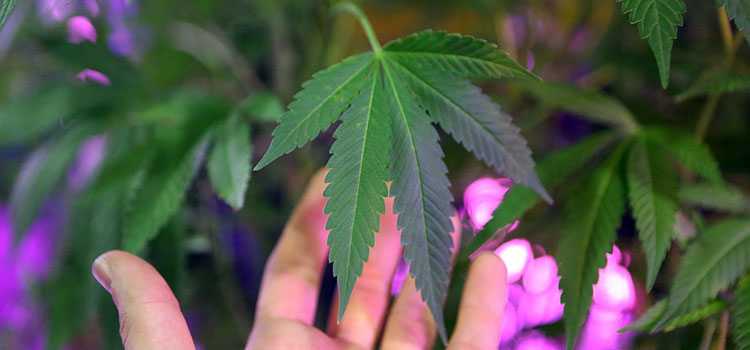In states that have legalized adult cannabis use, arrests for possession have plummeted, traffic fatality rates have remained stable, there have not been significant increases in youth marijuana use, and the tax revenues from the industry have exceeded expectations in three of the four states — that according to a report from the Drug Policy Alliance.
The report, titled “So Far, So Good,” crunches relevant numbers pre and post-legalization, focusing primarily on Colorado and Washington because those programs have been active for at least two years.
Youth use is down or unchanged
In Washington, cannabis use rates among students in grades six through 12 have remained mostly stable since marijuana was legalized, according to an analysis of the biannual Washington Healthy Youth Survey outlined in the report; however in 2014, 18.1 percent of 10th-grade students admitted to using marijuana in the last 30 days, down from 19.3 percent in 2012.
In 2009, one in four (25 percent) Colorado middle and high school students reported to have used cannabis within the last 30 days — in 2015, more than two years after legalization, that number was reduced to 21.2 percent. The Department of Public Health and the Environment study found an overall 5 percent decrease in the number of youth who reported using cannabis at least once in their lives — from 43 percent in 2009 to 38 percent in 2015.
“Despite the belief that marijuana is widely available, preliminary data show that the legalization of marijuana has had little to no impact on the overall rate of youth use of marijuana,” the authors concluded in the study.
Cannabis arrests have seen a massive decline
As for marijuana arrests, the total number of marijuana arrests in Colorado decreased 46 percent from 2012 to 2014, from 12,894 to 7,004. In Oregon, cannabis arrests declined 50 percent from 4,223 in 2011 to 2,109 in 2014. Arrests in Washington State were almost eliminated — decreasing from 6,879 in 2011 to just 120 in 2013. Both charges and arrests decreased a total of 59 percent in Alaska, even though the retail program has not yet taken full effect.
However, the most eye-popping decline belongs to Washington, D.C. where arrests fell 98 percent from 1,840 in 2014 to a mere 32 in 2015.
The decline in arrests have translated to “hundreds of millions of dollars” in savings for law enforcement spending, the report states.
No major changes in road safety reported
In Colorado and Washington, the traffic fatality rate is lower in each state compared to a decade prior.
“According to a recent report analyzing available post-legalization data, no obvious increases in traffic fatalities occurred after legalization or after the opening of retail stores in Colorado and Washington,” the report says.
It should, however, be noted that in Washington more drivers involved in fatal crashes tested positive for THC, whether alone or in combination with other drugs or alcohol – from 44 drivers in 2010 to 72 in 2014. However, arrests for DWI – the third leading cause of traffic deaths – have declined in both states. In Colorado, the number of DWI-related citations issued by the Colorado State Patrol dropped 18 percent from 5,546 in 2014 to 4,546 in 2015. In Washington, DUI arrests by the Washington State Patrol dropped 8 percent.
“Legalization has not led to more dangerous road conditions,” the report says.
Taxes paying off better than expected
Tax revenues in Colorado and Washington both exceeded their projections — and it wasn’t even close. Colorado anticipated $70 million annually in cannabis tax revenues; in 2014 the state saw $78 million and in 2015 that number jumped to $129 million. Washington expected $162 million over the first two years after the program’s implementation – the state topped that total in 2015 alone with revenues of $220 million after a first year total of $78 million.
Revenues in both states are used for education, drug abuse prevention and treatment programs, community health services and research on cannabis use.
It is no coincidence that the report comes less than one month before five more states will decide whether to legalize cannabis for adult use.
“It is too early to draw any line-in-the-sand conclusion about the effects of marijuana legalization. However, preliminary reports suggest that the effects of legalization have been either positive or negligible,” the authors conclude.
